In today’s competitive mobile app market, more than simply developing a great app is needed to guarantee success. A well-thought-out App Store Optimization (ASO) strategy is required to stand out and reach your target audience. ASO involves optimizing various elements of your app’s presence on app stores like the Apple App Store and Google Play Store to improve visibility, drive more downloads, and increase user engagement.
This blog will explore key strategies for effective App Store Optimization.
1. Keyword Research:

Keywords are the foundation of ASO. Understanding the specific search terms users use to find apps in your niche is crucial. Conduct thorough keyword research to identify your app’s most relevant and high-traffic keywords. Use tools like Google Keyword Planner, App Annie, or Sensor Tower to discover keywords that align with your app’s functionality and target audience.
2. Optimize App Title and Subtitle:
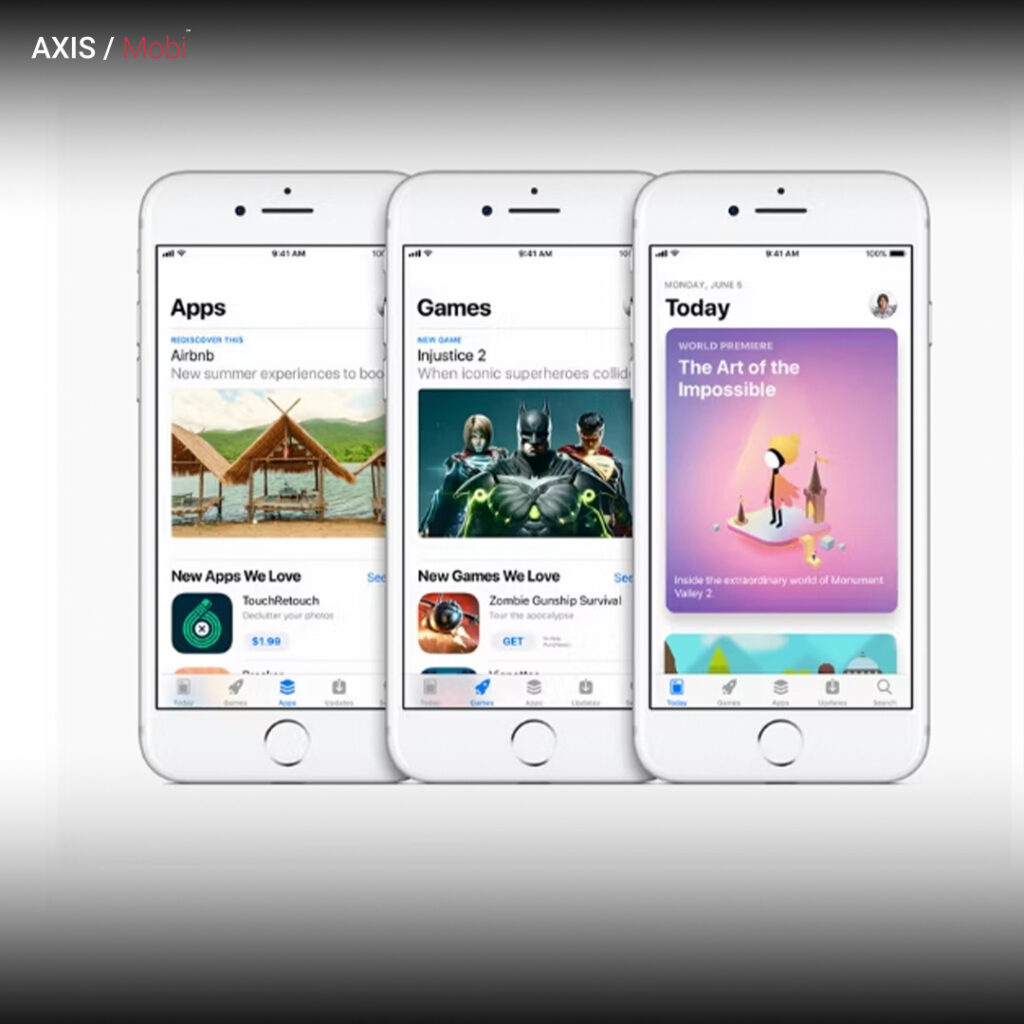
Your app’s title and subtitle are two of the most prominent elements on your app store listing. Craft a compelling title that includes your primary keyword(s) and clearly explains what your app does. Use the subtitle to provide additional context or features. Make sure both elements are concise and attention-grabbing.
3. Write a Compelling Description:
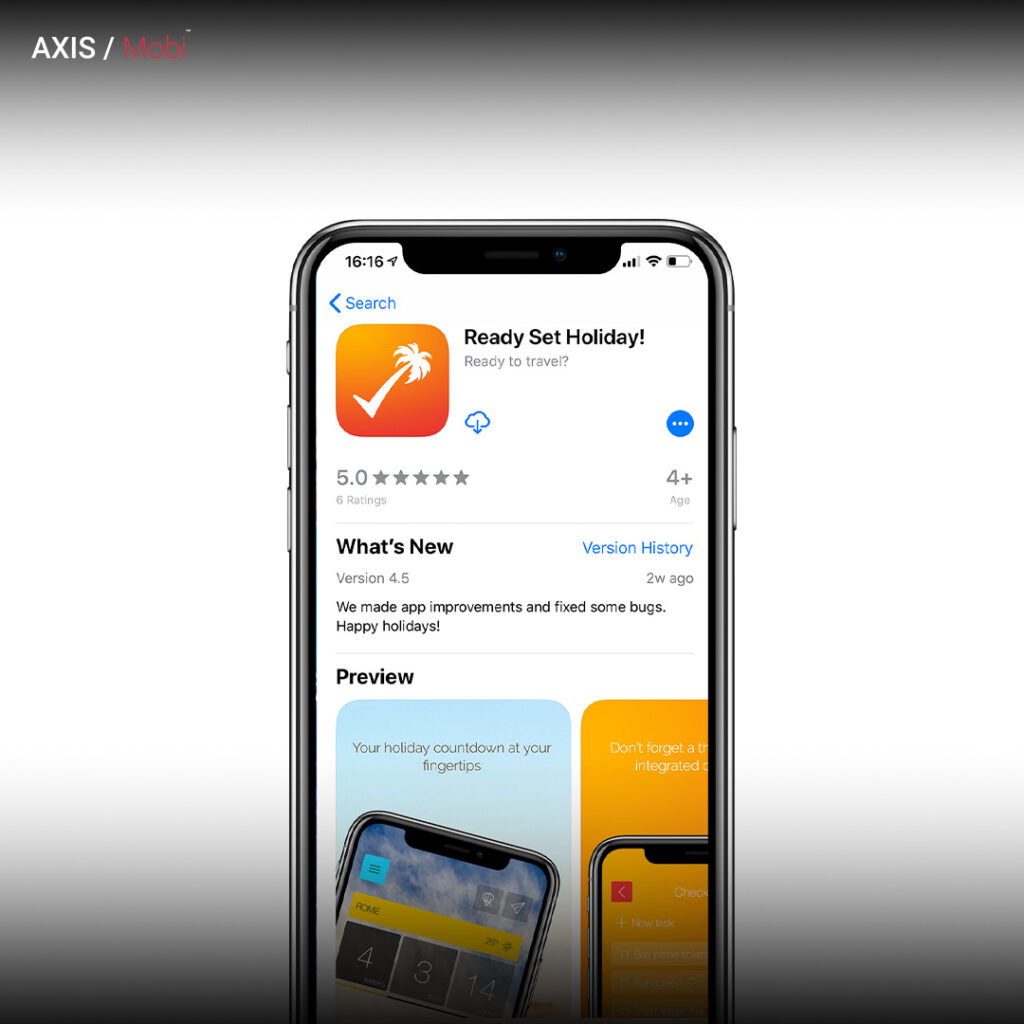
Your app’s description is an opportunity to showcase its features and benefits. Use persuasive language to highlight the value your app provides to users. Incorporate relevant keywords naturally into the description to improve search visibility. Keep the description well-structured and easy to read, and consider using bullet points to highlight key features.
4. Create Eye-Catching Visuals:
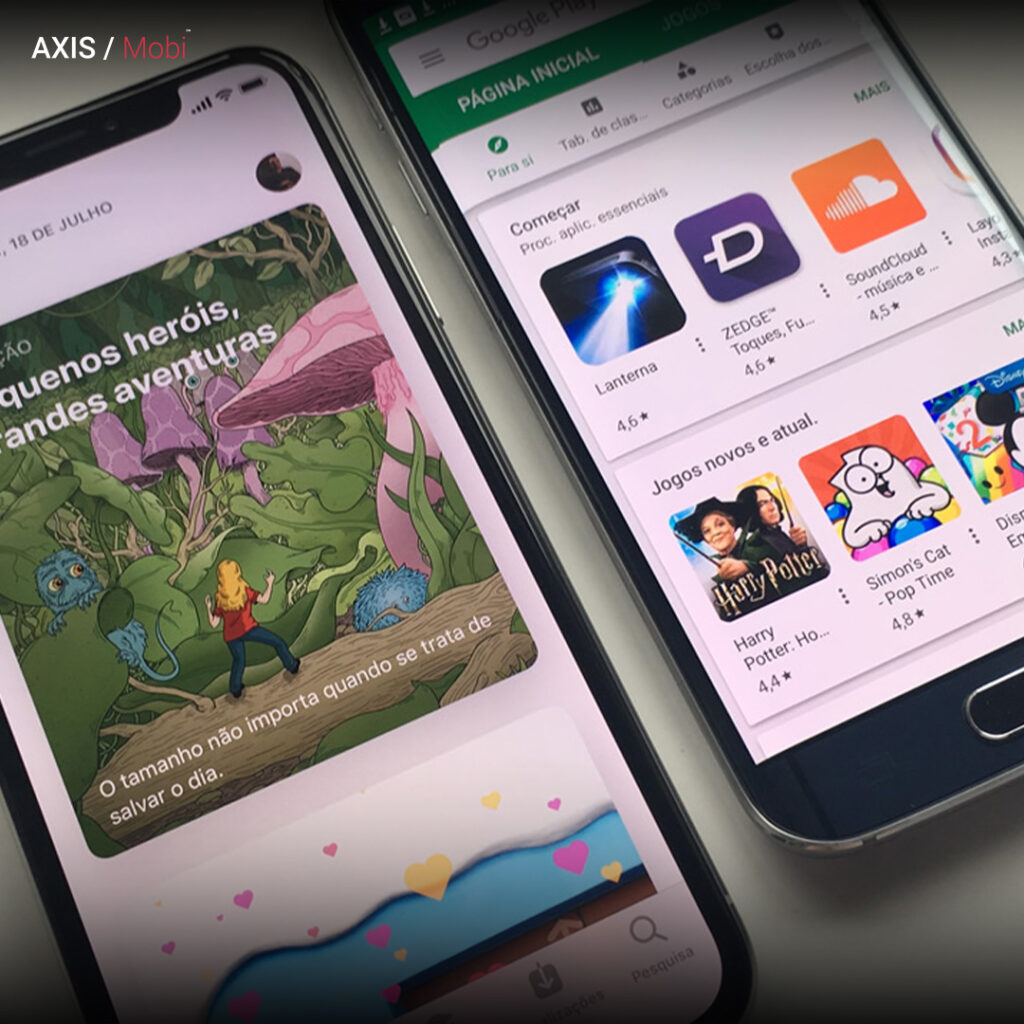
First impressions matter, and your app’s icons and screenshots play a significant role in attracting users. Design an eye-catching, memorable icon representing your app’s branding and purpose. Also, create high-quality screenshots showcasing your app’s key features and benefits. Use captions or annotations to explain these features clearly.
5. Encourage Positive Reviews and Ratings:
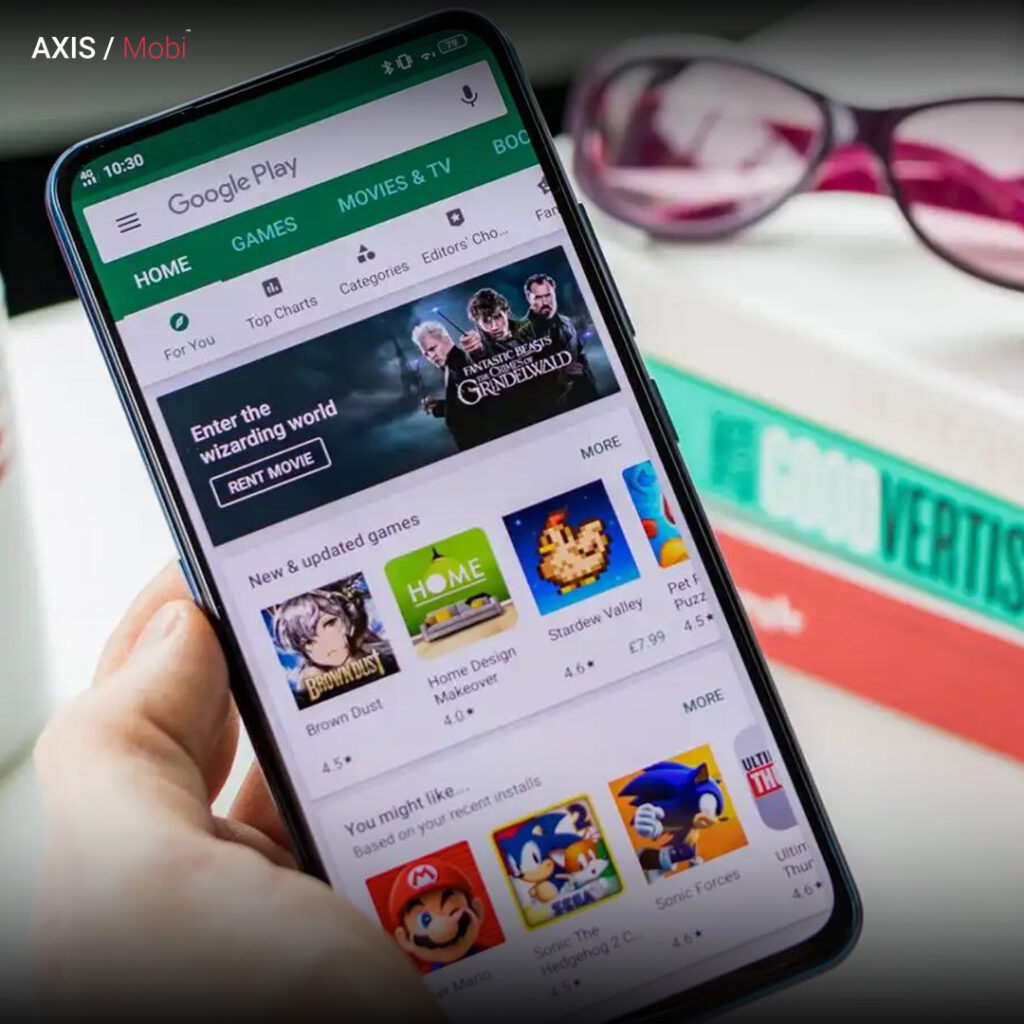
Positive reviews and high ratings can boost your app’s credibility and encourage more downloads. Prompt users to leave reviews and provide feedback within the app, but do so at the right moment, such as after they’ve achieved a milestone or had a positive interaction. Respond to user reviews addressing praise and concerns to show your commitment to improving the app.
6. Monitor and Adjust:

ASO is an ongoing process. Regularly monitor your app’s performance on the app stores and gather insights from user feedback. Analyze data on downloads, user engagement, and conversion rates to identify areas for improvement. Experiment with keywords, visuals, and descriptions to see what works best and adjust your strategy accordingly.
7. Localization:
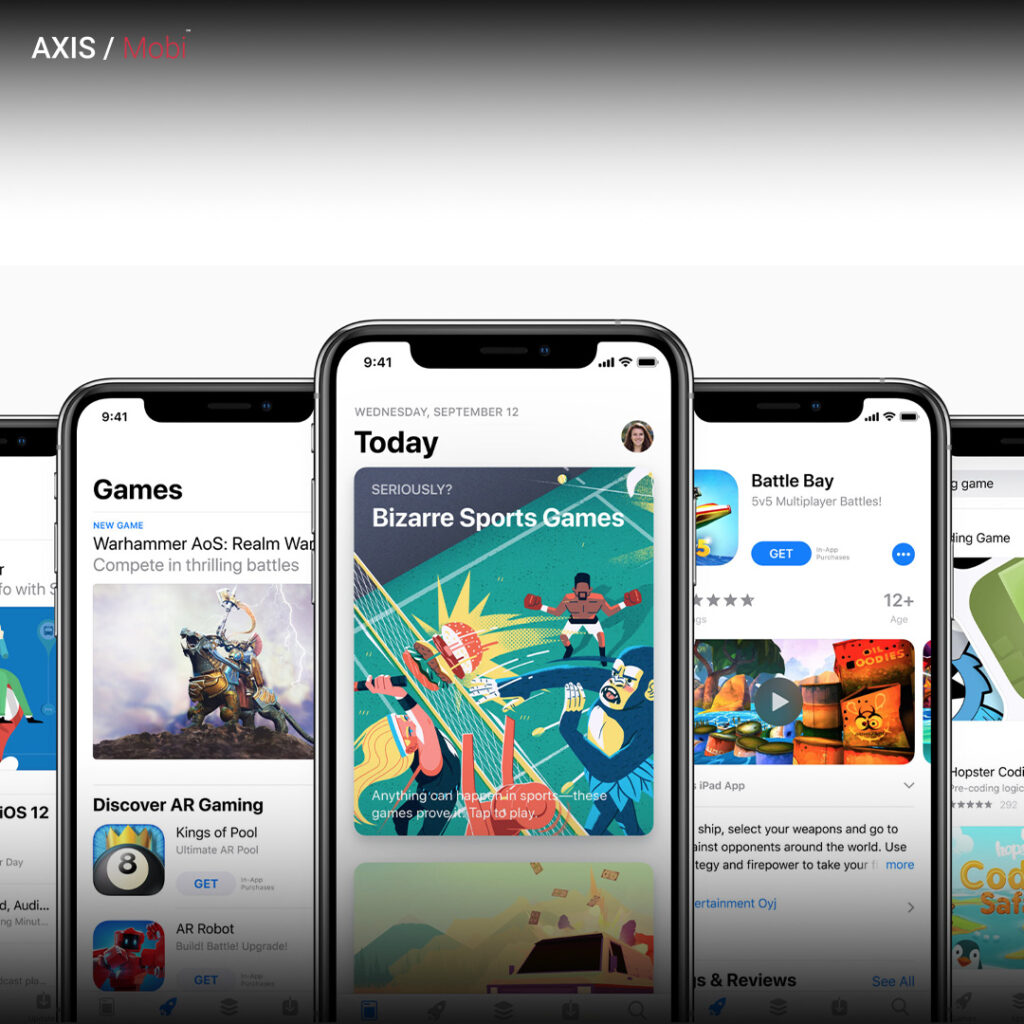
If your target audience is global, consider localizing your app store listing. Translate your app’s title, subtitle, description, and keywords into different languages to make it accessible to a broader audience. Additionally, adapt visuals and screenshots to resonate with local cultures and preferences.
In conclusion, effective App Store Optimization is essential for maximizing your app’s visibility and success in a crowded marketplace. By conducting thorough keyword research, optimizing your app’s title, description, and visuals, encouraging positive reviews, and staying vigilant with monitoring and adjustments, you can significantly improve your app’s chances of standing out and attracting a more extensive user base. ASO is an ongoing process, so continuously refine your strategy to stay ahead of the competition and drive more downloads.




